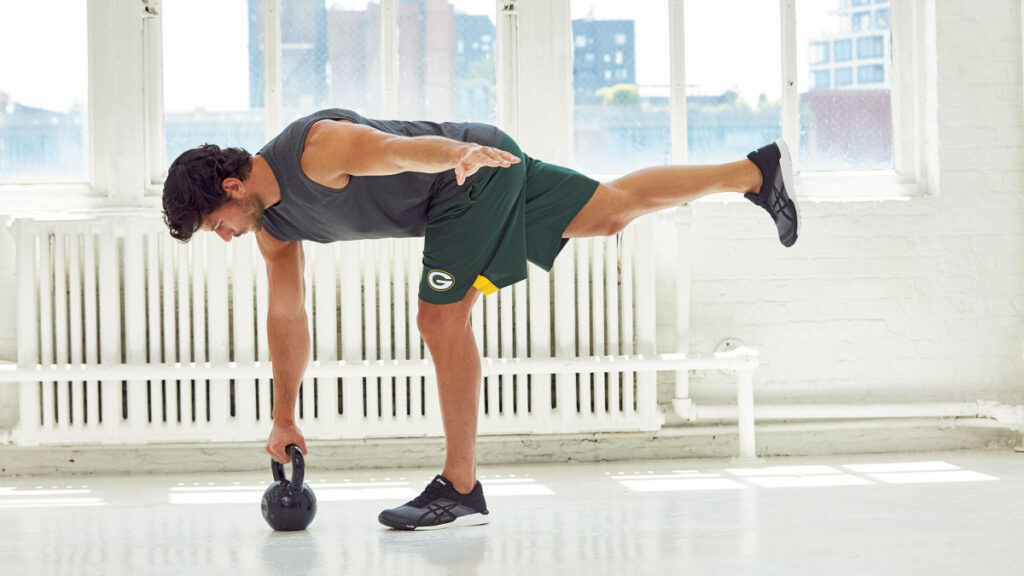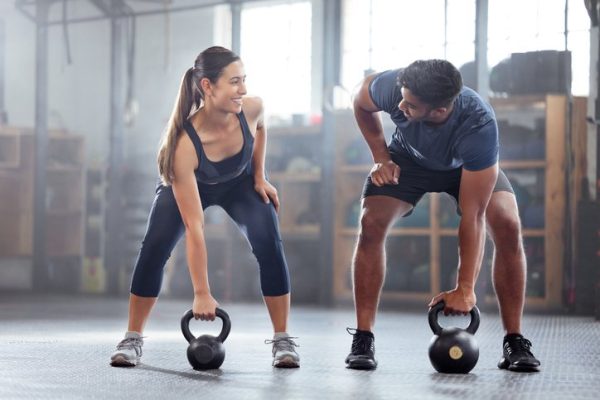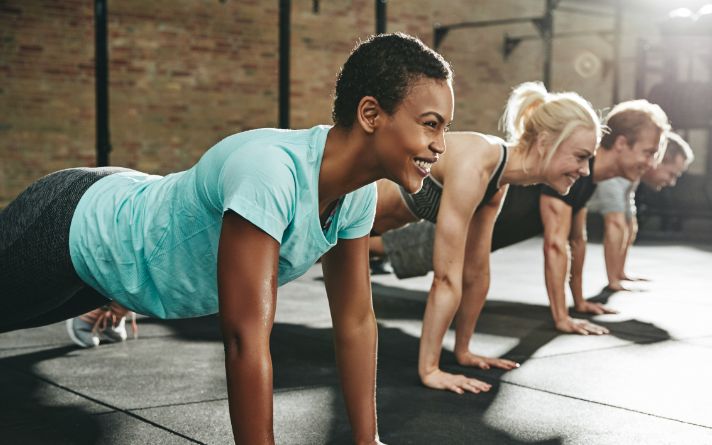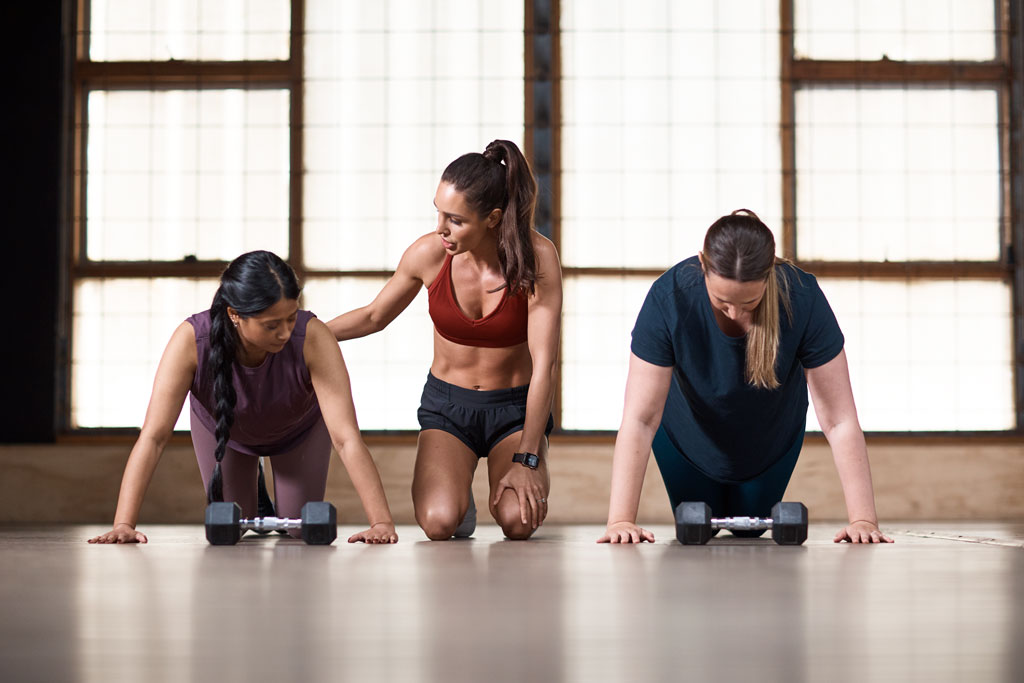In today’s fast-paced world, finding the time for regular exercise can feel like an impossible task. Juggling work, family, and other commitments often leaves little room for lengthy gym sessions. However, neglecting physical activity can lead to a host of health problems, from weight gain and decreased energy levels to increased risk of chronic diseases. The good news is, you don’t need hours in the gym to reap the benefits of exercise. Short, high-intensity workouts can be incredibly effective, and incorporating a 15-minute routine into your daily schedule is a realistic and achievable goal.
This comprehensive guide explores the power of 15-minute workout routines, providing you with various options, tips for maximizing your time, and the science behind their effectiveness. Whether you’re a seasoned fitness enthusiast or a complete beginner, these routines will help you boost your energy, improve your health, and achieve your fitness goals, all without sacrificing precious time.

The Power of 15 Minutes: Why Short Workouts Work
Many people believe that workouts need to be lengthy to be effective, but this is simply not true. Several scientific studies have demonstrated the numerous benefits of short, high-intensity interval training (HIIT) workouts, including:
- Improved Cardiovascular Health: HIIT workouts push your heart rate into higher zones, strengthening your cardiovascular system and improving your overall heart health. Short bursts of intense activity followed by brief recovery periods are particularly effective in boosting cardiovascular fitness.
- Increased Metabolism: HIIT workouts elevate your metabolism for hours after the workout is complete, leading to increased calorie burning even when you’re at rest. This “afterburn effect,” scientifically known as Excess Post-exercise Oxygen Consumption (EPOC), is a significant advantage of HIIT compared to steady-state cardio.
- Enhanced Muscle Building: While longer strength training sessions can certainly contribute to muscle growth, short, intense bodyweight circuits or resistance exercises can also stimulate muscle protein synthesis, leading to increased muscle mass and strength, especially for beginners.
- Improved Insulin Sensitivity: Regular HIIT workouts can improve your body’s sensitivity to insulin, helping regulate blood sugar levels and reducing the risk of type 2 diabetes.
- Increased Energy Levels: Regular exercise, even in short bursts, can combat fatigue and boost energy levels. The release of endorphins during exercise can improve mood and reduce stress, contributing to a feeling of increased vitality.
- Time Efficiency: The most obvious benefit of 15-minute workouts is their time efficiency. They fit easily into busy schedules, making them a sustainable and realistic approach to fitness.

Principles for Effective 15-Minute Workouts:
To maximize the effectiveness of your 15-minute workout routines, keep these principles in mind:
- Warm-Up: Always begin with a 2-3 minute warm-up to prepare your muscles for activity and reduce the risk of injury. Dynamic stretches like arm circles, leg swings, and torso twists are ideal.
- High Intensity: Push yourself to work at a high intensity during the active intervals. You should feel challenged and slightly breathless.
- Proper Form: Maintaining proper form is crucial to prevent injuries. If you’re unsure about the correct form for an exercise, watch videos or consult with a fitness professional.
- Cool-Down: Finish with a 2-3 minute cool-down to gradually lower your heart rate and prevent muscle soreness. Static stretches like holding a hamstring stretch or a quadriceps stretch are beneficial.
- Consistency: Consistency is key to seeing results. Aim for at least 3-5 15-minute workouts per week.
- Progressive Overload: Gradually increase the intensity, duration, or difficulty of your workouts over time to continue challenging your body and promoting progress. This can involve increasing the number of repetitions, sets, or resistance, or choosing more challenging exercises.
- Listen to Your Body: Pay attention to your body and take rest days when needed. Don’t push yourself too hard, especially when you’re first starting out.

Sample 15-Minute Workout Routines:
Here are several sample 15-minute workout routines you can try, catering to different fitness goals and preferences. Remember to adjust the intensity and modifications based on your fitness level.
1. Bodyweight HIIT Circuit (Cardio & Strength):
- Warm-up: 2 minutes of jumping jacks, high knees, and butt kicks.
- Workout (10 rounds, 30 seconds work, 15 seconds rest):
- Burpees
- Squats
- Push-ups (modify on knees if needed)
- Lunges (alternating legs)
- Plank
- Cool-down: 3 minutes of static stretching (hamstring stretch, quadriceps stretch, calf stretch, triceps stretch, shoulder stretch).
2. Abdominal Blast:
- Warm-up: 2 minutes of torso twists and cat-cow stretch.
- Workout (3 rounds, 45 seconds work, 15 seconds rest):
- Crunches
- Russian Twists
- Leg Raises
- Plank
- Bicycle Crunches
- Reverse Crunches
- Cool-down: 3 minutes of cobra stretch and child’s pose.
3. Upper Body Burn:
- Warm-up: 2 minutes of arm circles and shoulder rotations.
- Workout (3 rounds, 45 seconds work, 15 seconds rest):
- Push-ups (modify on knees if needed)
- Tricep Dips (using a chair or bench)
- Pike Push-ups
- Superman
- Plank with Shoulder Taps
- Cool-down: 3 minutes of triceps stretch and shoulder stretch.
4. Lower Body Power:
- Warm-up: 2 minutes of leg swings and walking lunges.
- Workout (3 rounds, 45 seconds work, 15 seconds rest):
- Squats
- Lunges (alternating legs)
- Glute Bridges
- Calf Raises
- Jump Squats
- Cool-down: 3 minutes of hamstring stretch and quadriceps stretch.
5. Jump Rope Cardio:
- Warm-up: 2 minutes of arm circles and leg swings.
- Workout (10 rounds, 45 seconds jump rope, 15 seconds rest):
- Vary jump rope styles: basic jump, single-leg hops, high knees, criss-cross jumps.
- Cool-down: 3 minutes of static stretching (calf stretch, hamstring stretch, quadriceps stretch).
6. Yoga Flow (Flexibility & Strength):
- Warm-up: 2 minutes of cat-cow stretch and sun salutations.
- Workout (Hold each pose for 30 seconds, rest for 15 seconds, repeat circuit 2-3 times):
- Plank
- Downward-Facing Dog
- Warrior I (each side)
- Warrior II (each side)
- Triangle Pose (each side)
- Tree Pose (each side)
- Cool-down: 3 minutes of savasana (corpse pose).
7. Resistance Band Blast:
- Warm-up: 2 minutes of arm circles and leg swings.
- Workout (3 rounds, 45 seconds work, 15 seconds rest):
- Band Squats
- Band Glute Bridges
- Band Lateral Walks
- Band Bicep Curls
- Band Tricep Extensions
- Band Rows
- Cool-down: 3 minutes of static stretching (hamstring stretch, quadriceps stretch, shoulder stretch).

Tips for Maximizing Your 15-Minute Workouts:
- Plan Ahead: Prepare your workout clothes, equipment (if needed), and water bottle the night before to avoid wasting time in the morning.
- Minimize Distractions: Find a quiet space where you won’t be interrupted. Turn off your phone or put it on silent.
- Use a Timer: A timer app or a fitness tracker can help you stay on track and ensure you’re working at the right intensity and duration.
- Music: Create a playlist of upbeat music to motivate you and keep you energized.
- Find a Workout Buddy: Working out with a friend or family member can provide accountability and motivation.
- Mix It Up: Vary your workouts to prevent boredom and challenge different muscle groups.
- Consider Location: Don’t limit yourself to home. Parks, office spaces (during breaks), or even while traveling can be utilized for a quick workout.

Adapting Workouts to Your Fitness Level:
It’s important to adjust the intensity and difficulty of the workouts to match your current fitness level.
- Beginners: Start with shorter work intervals (e.g., 20 seconds work, 20 seconds rest) and modify exercises as needed (e.g., push-ups on knees). Focus on mastering proper form before increasing the intensity.
- Intermediate: Increase the work intervals (e.g., 45 seconds work, 15 seconds rest) and try more challenging variations of exercises.
- Advanced: Increase the intensity by adding weights or resistance bands, and try advanced exercises like plyometric jumps or single-leg variations.
Integrating 15-Minute Workouts into Your Daily Life:
The beauty of 15-minute workouts lies in their versatility. Here are some ideas for integrating them into your daily life:
- Morning Routine: Start your day with a quick workout to boost your energy and metabolism.
- Lunch Break: Squeeze in a workout during your lunch break to combat afternoon fatigue.
- After Work: De-stress after a long day with a quick workout before dinner.
- While Traveling: Pack resistance bands or utilize bodyweight exercises to stay active on the road.
- Family Time: Involve your family in your workouts to make fitness a fun and social activity.
Beyond 15 Minutes: Building on Your Success
Once you’ve established a consistent 15-minute workout routine, you can gradually increase the duration or intensity of your workouts as your fitness level improves. You can also supplement your short workouts with longer activities like hiking, swimming, or cycling on weekends.
The Importance of Nutrition:
While exercise is crucial for overall health, it’s equally important to nourish your body with a healthy diet. Focus on eating whole, unprocessed foods, including plenty of fruits, vegetables, lean protein, and whole grains.
15 MIN HAPPY DANCE WORKOUT – burn calories and smile / No Equipment I Pamela Reif
Conclusion:
Quick and effective 15-minute workout routines are a game-changer for busy individuals who want to prioritize their health and fitness without sacrificing valuable time. By incorporating these routines into your daily life, you can improve your cardiovascular health, increase your metabolism, build muscle, boost your energy levels, and achieve your fitness goals. Remember to warm up, work at a high intensity, maintain proper form, cool down, and listen to your body. With consistency and dedication, you can transform your health and fitness in just 15 minutes a day. So, ditch the excuses and start prioritizing your well-being today!